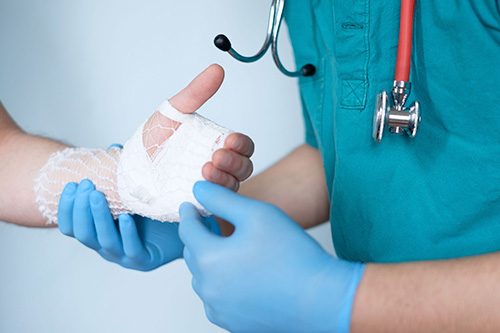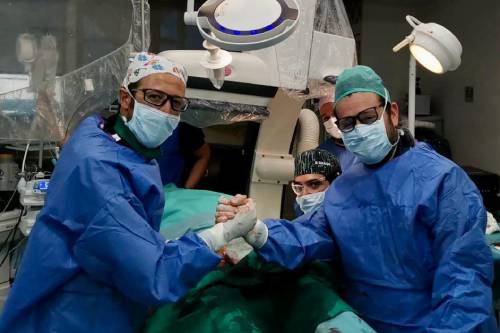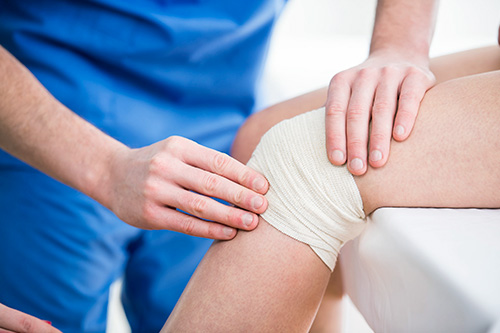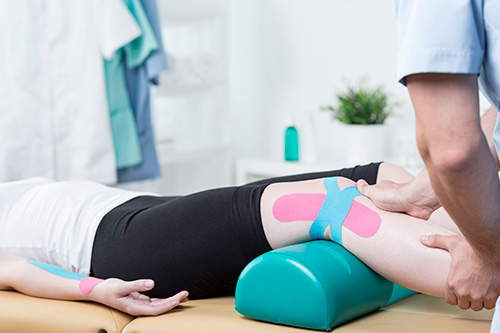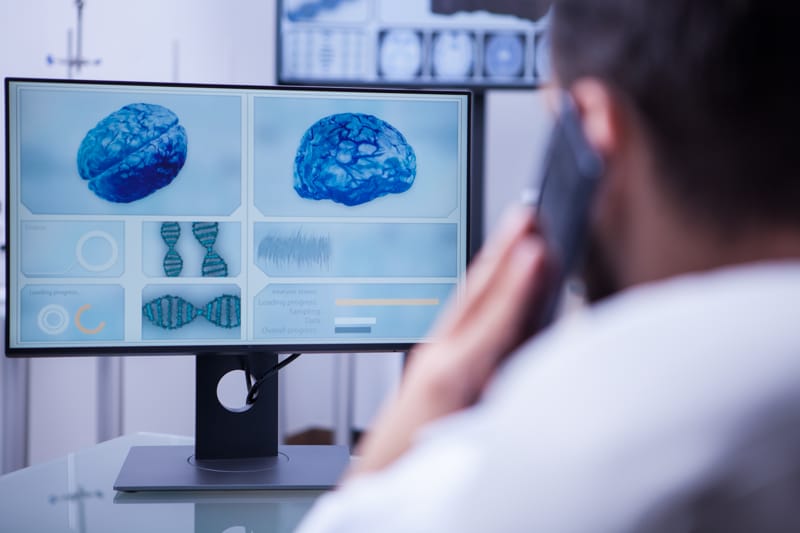
Knee arthroscopy is a common surgical procedure in which a small camera is used to visualize the joint. This helps surgeons have a clearer vision when diagnosing knee problems.
Knee Arthroscopy Procedure
Before starting the surgeon will clear the area where the incisions will be made, in this case 4 incisions of 1 centimeter will be made on each side of the kneecap. Through the first incision a camera will be introduced so that the doctors can see through a screen in which zones they have to act. The second or third incision allows doctors to insert tools to make it easier to handle.
Surgeons usually sew the incisions, these stitches should be removed after 10 days. A padded bandage will be placed around the roller, which you will have to wear until you are well. During the following days you will not be able to drive and you will have to learn to walk with crutches. The padded bandage can be removed on the seventh day and it is important that the wounds are kept clean and dry. If you see small blood stains through the bandage, don't worry. If blood fluid continues to fuse, call your doctor immediately.
When you are discharged, your physiotherapist will show you the exercises you need to do to recover your knee as quickly as possible. After a week you will be able to drive and return to work.
Operation risk
As with all procedures, this carries some risks and complications.
Common
- Swelling: Your knee may be inflamed due to fluid or blood in your knee. In most cases, it resolved on its own, but you may need to have surgery again.
- Continuous pain: Even though you have had the operation, you may feel continuous pain, which may require another arthroscopy.
Rare
- Infection: The area where the operation was performed may become painful or red, this may be signs of infection and antibiotics may be needed to treat these infections.
- Damage to structures in or around the knee: Although rare, it can cause injury, it may require additional treatment.
- Abnormal healing of wounds: The scar may become red, thick and painful, this type of abnormal scarring is more common in Afro-Caribbean people.
- Numbness: Touching the nerves in the ankle may cause the skin of the ankle to be temporarily or permanently numb.
- Deep Venous Thrombosis: A blood clot in the blood vessels.









